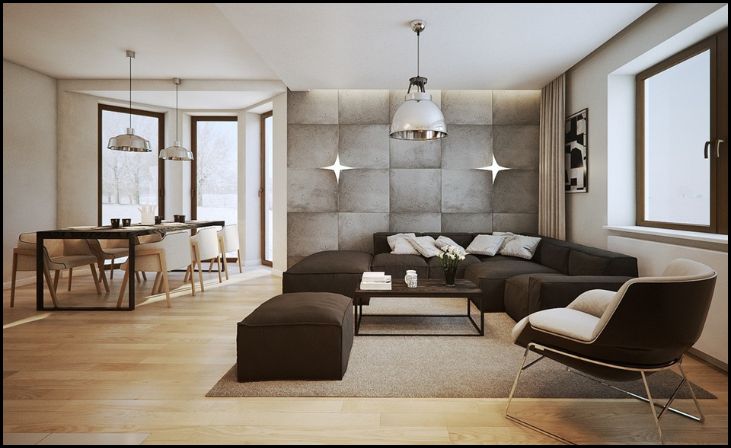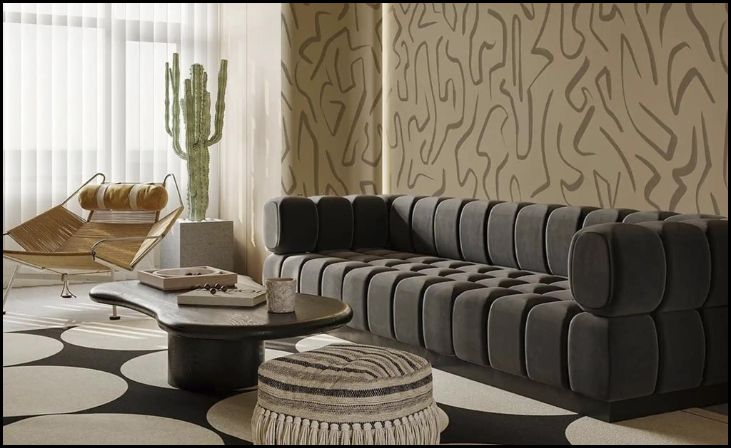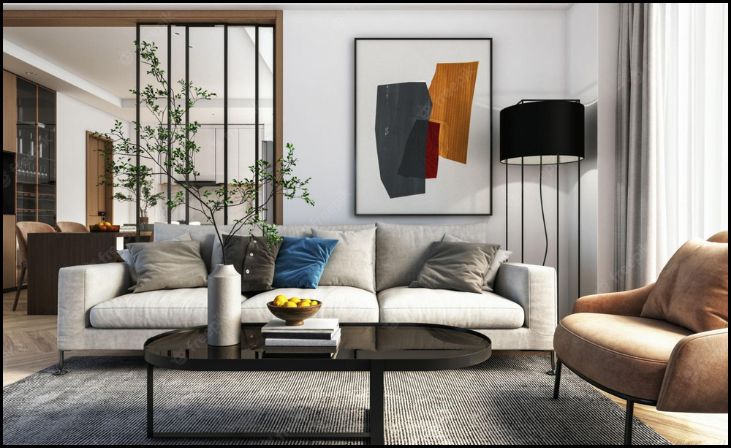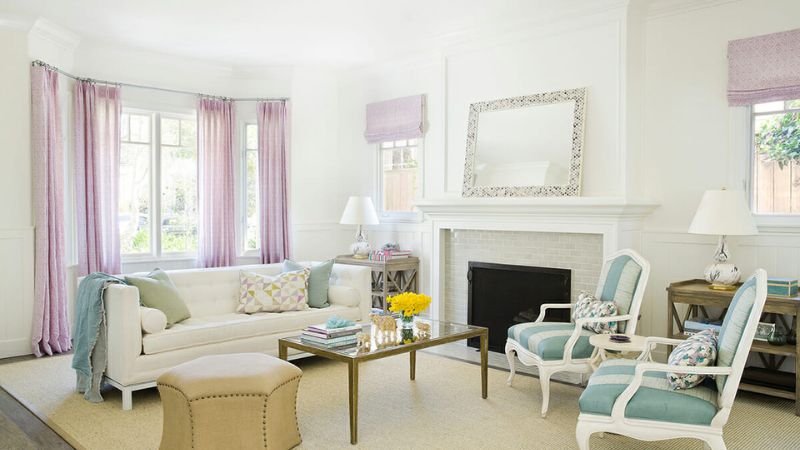Transitional interior design is the artful blend of traditional and contemporary styles, creating a timeless aesthetic that is both classic and modern. This design approach harmonizes the best of both worlds, resulting in a cohesive, balanced, and elegant look. If you’re aiming to achieve the perfect transitional home, here are eight must-have elements to guide you.
1. Neutral Color Palettes

One of the hallmarks of transitional interior design is the use of neutral color palettes. These colors provide a serene backdrop that allows other design elements to stand out. Think shades of beige, taupe, cream, gray, and white. These colors are not only soothing but also highly versatile, making it easy to mix and match furnishings and accessories. To add depth and interest, incorporate different textures and patterns in your neutral hues, such as a beige sofa with a textured throw or a gray rug with subtle patterns.
2. Classic Furnishings with a Modern Twist
In transitional design, furniture should balance classic and contemporary elements. Opt for pieces with clean lines and simple silhouettes but in traditional shapes or materials. For instance, you might choose a sleek, modern sofa upholstered in a classic fabric like linen or velvet. Alternatively, pair a traditional wooden dining table with modern chairs. This mix keeps the space looking fresh and updated while still paying homage to timeless design principles.
3. Minimalist Approach
Transitional interiors favor a minimalist approach, emphasizing quality over quantity. Instead of cluttering your space with numerous decorative items, focus on a few well-chosen pieces that have a significant impact. This could be a statement light fixture, an elegant piece of art, or a unique coffee table. The idea is to create a space that feels open and airy, allowing each element to breathe and stand out.
4. Textural Variety

To keep a neutral palette from feeling monotonous, incorporate a variety of textures. This adds visual interest and depth to your space. Think about mixing materials such as wood, glass, metal, and fabric. A plush rug, a wooden coffee table, metal light fixtures, and silk or linen cushions can all contribute to a rich, layered look. Texture plays a crucial role in transitional design, enhancing the overall aesthetic without overpowering the subtle color scheme.
5. Balanced and Symmetrical Layouts
Symmetry and balance are key in transitional interiors. This doesn’t mean your space should be overly formal or rigid, but a well-balanced layout helps to create harmony and order. For example, if you have a pair of matching sofas, place them opposite each other with a coffee table in between. Flanking a fireplace with two identical armchairs is another classic transitional layout. Symmetry brings a sense of calm and structure to a room, making it both functional and aesthetically pleasing.
6. Statement Lighting
Lighting is a critical component in transitional design, serving both functional and decorative purposes. Statement lighting fixtures, such as chandeliers, pendant lights, or sculptural lamps, can become focal points in a room. Choose fixtures that combine traditional and modern elements, like a classic chandelier with a sleek, contemporary twist. Layering your lighting with ambient, task, and accent lighting will also enhance the overall ambiance and functionality of your space.
7. Incorporate Natural Elements
Bringing natural elements into your home is another hallmark of transitional design. This can be achieved through materials like wood, stone, and metal, as well as through the use of plants and greenery. A wooden coffee table, marble countertops, or a metal-framed mirror can all add a touch of nature and warmth to your space. Additionally, incorporating plants not only adds a natural element but also helps to purify the air and bring a sense of vitality and freshness to your home.
8. Personal Touches

Finally, the perfect transitional home includes personal touches that reflect your style and personality. This could be a collection of family photos, a piece of art you love, or souvenirs from your travels. Personalizing your space makes it feel lived-in and unique, rather than looking like a showroom. These personal elements add character and warmth, making your home a true reflection of who you are.
Conclusion
Creating the perfect transitional home involves a thoughtful blend of traditional and contemporary design elements. By focusing on neutral color palettes, classic yet modern furnishings, a minimalist approach, textural variety, balanced layouts, statement lighting, natural elements, and personal touches, you can achieve a timeless and elegant space that is both functional and beautiful. Embrace these must-haves to transform your home into a haven of style and comfort.

